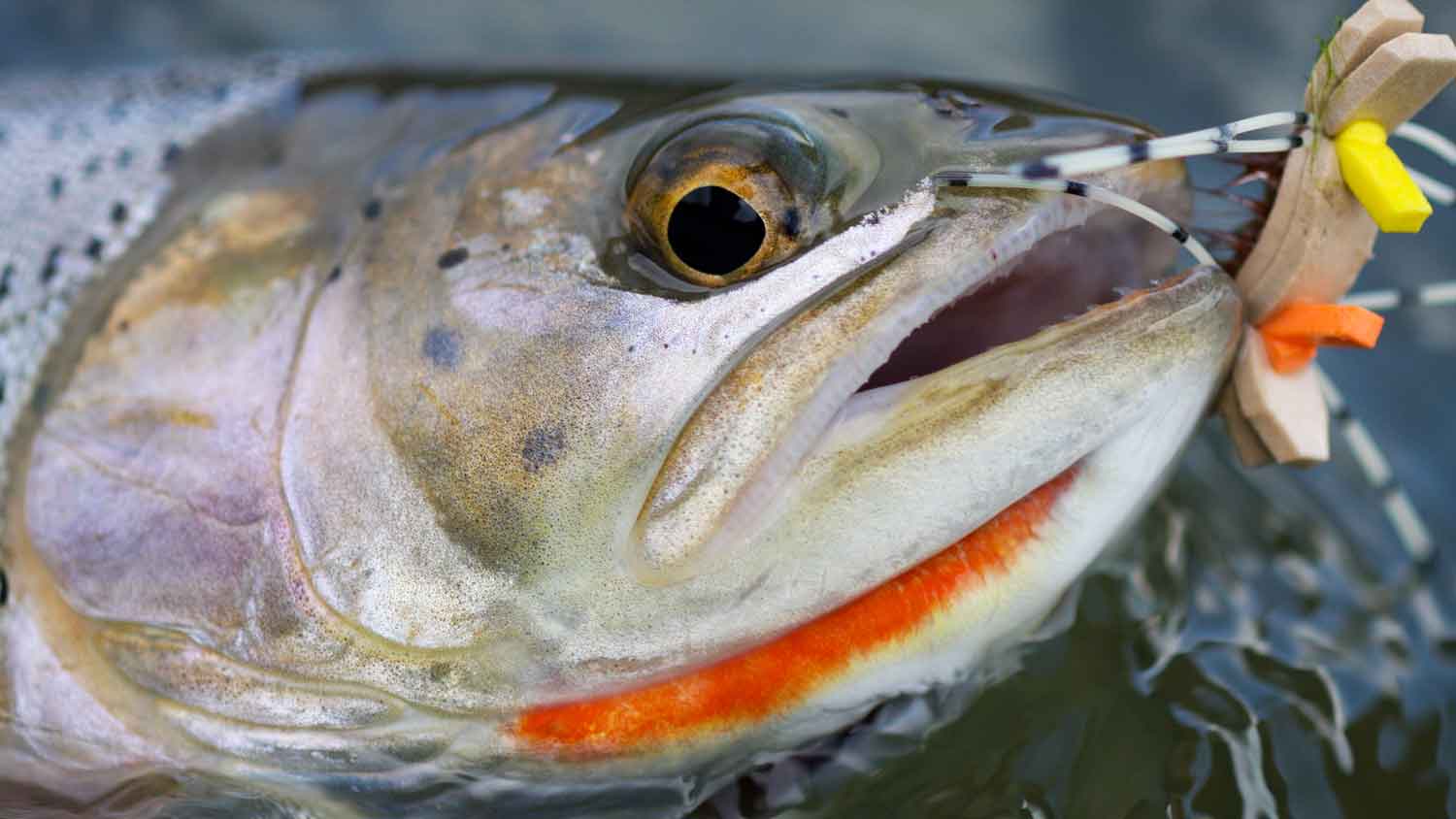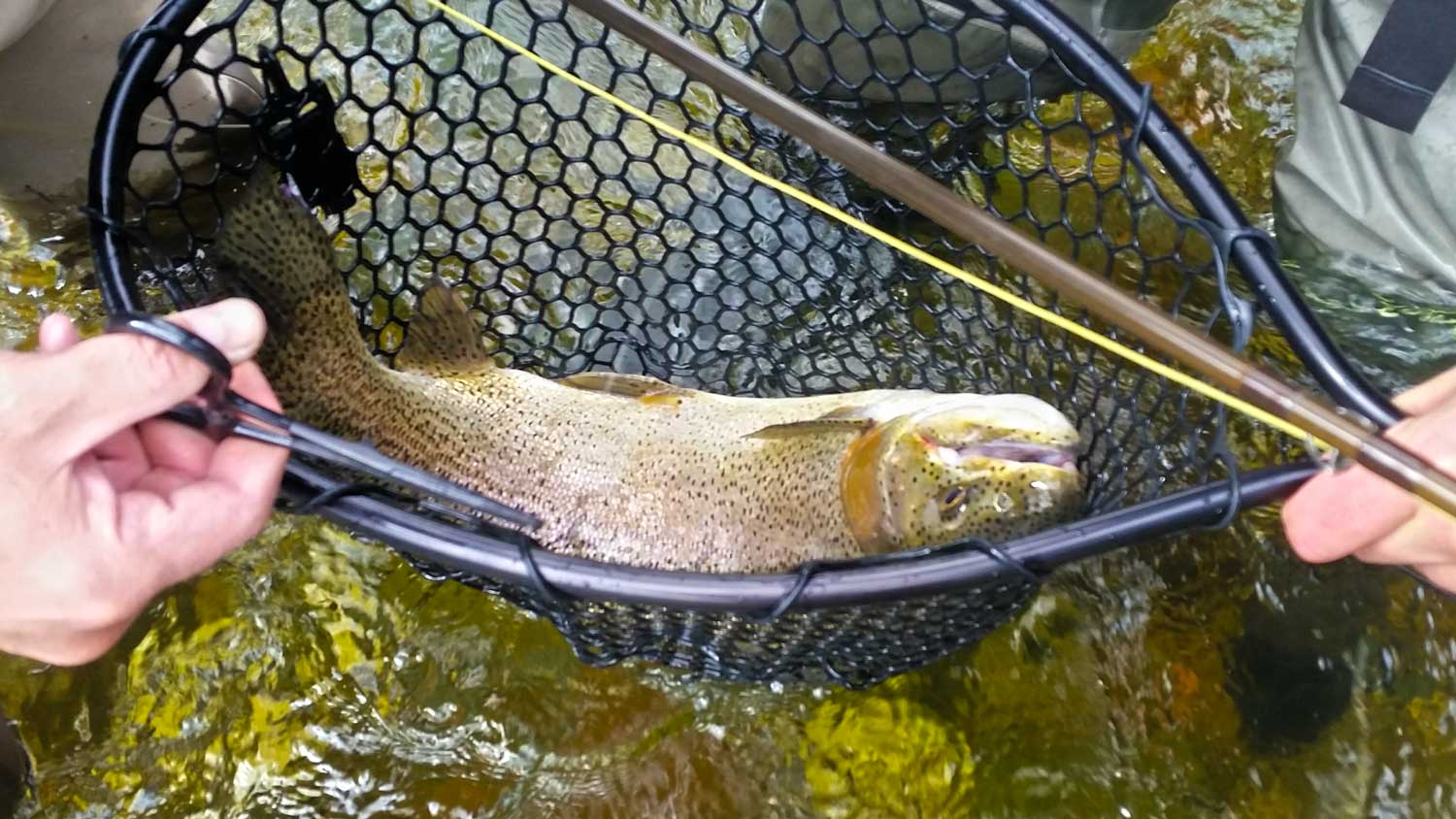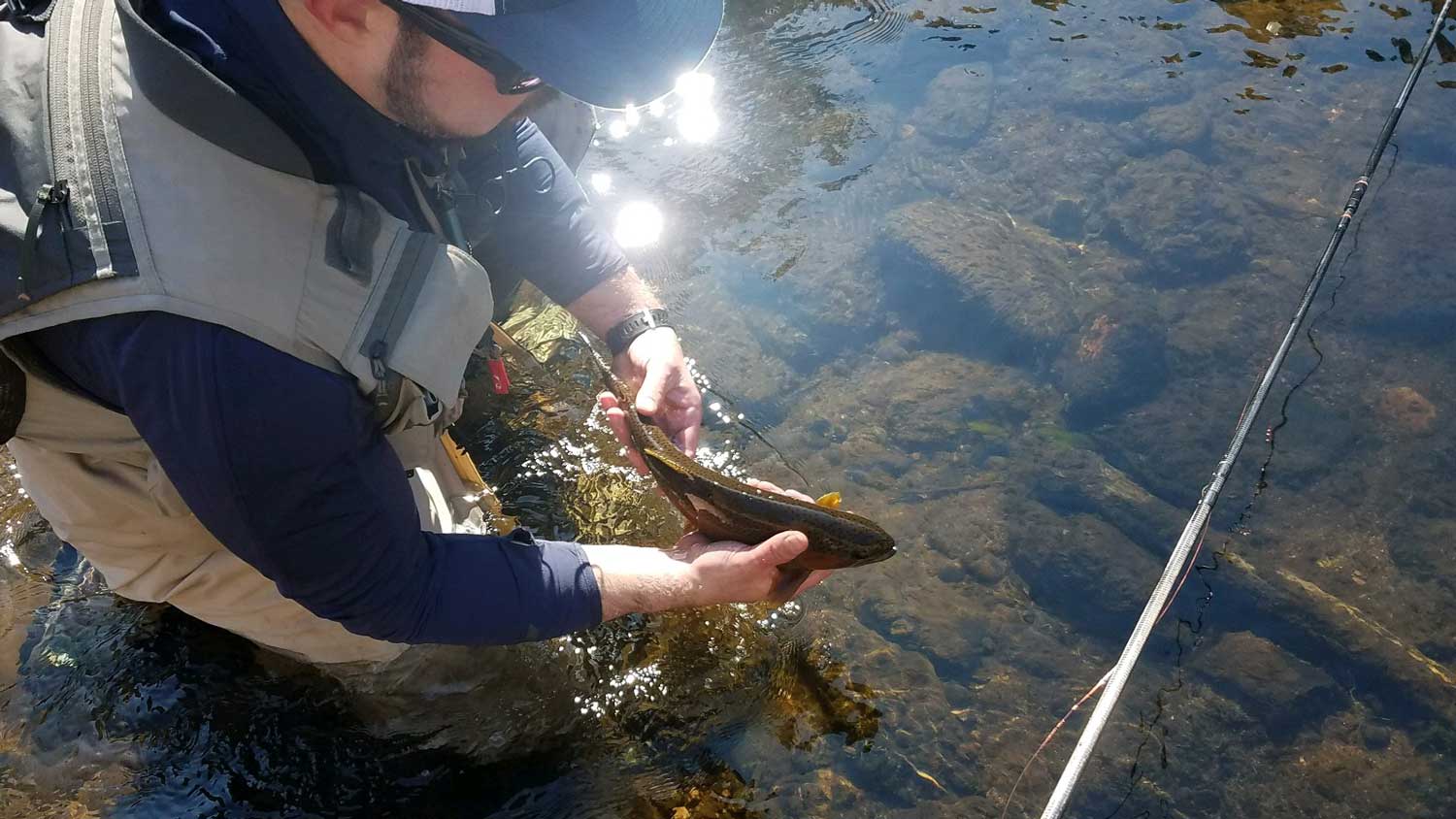Many people want to know what exactly is fly fishing? This is a great question. If you have become interested in fly fishing, it can help to understand more a little more about it. As you may know, traditional fishing is the use of a cast using bait or a lure of some kind. You attach that to the end of the line. That type of fly line is generally a monofilament. Sometimes it is a braided line as well. With the most common type of fishing, you will notice your line is very light, and the lure is your most substantial part. However, it is different when it comes to fly fishing.
When you see someone fly fishing, you will notice a big difference. There is a lot more action when it comes to fly fishing. You are utilizing the weight of the fly line to make momentum on the fly rod to project our fly to your desired target. To achieve this, you will need specialized gear designed for the art of fly fishing. Fly fishing requires fly rods, fly line, leaders, tippet, and the fly. The main difference in fly fishing is that the artificial flies used for catching fish are very lightweight. Even the larger flies designed for catching bigger fish, are still lightweight when compared to traditional spinning lures.
Getting Your Fly Out to the Fish
Now that you know the difference between lure fishing and fly fishing you may want to know how to get your fly out to the fish. Before we dive into that, you need to know what the trout are eating at any given time of the year. This where a fly fishing kit like The Drift Hook Fly Fishing System is a great start. Once you have a great fly fishing kit, you must remember that your fly line is the key to casting out that fly to catch the trout. Your line will be your weight when casting. There are many casting techniques you can use that get your rod and fly line to work well together. When your rod and line work together, energy is built up to create a loop in your fly line, that tosses out to where the fish are located in the water. When you become a member of Drifthook, we go into detail on how to cast and what to use to be successful on the water on any given day of the year.
Learning How to Cast
One important part of fly fishing is the cast. You can have the best fly fishing kits, such as the Drifthook Fly Fishing System but if the cast is not perfected and you are slapping the water every time your line comes through, then you will be doing the same thing as lure fishing and spooking the trout away. The good news is there are some techniques for fly fishing that won’t require you to cast much at all such as the “Line Load” or the lift and drop techniques. With that being said, it is still essential to know how to cast, since that is the majority of the fly fishing process.
Exact Nature of Fly Fishing
Now that you have learned a bit more about the differences between traditional fishing and fly fishing, you may want to know a bit more about the exact nature of fly fishing. What exactly is this type of fishing? Fly fishing is where you use an artificial fly to entice a fish to eat. Typically, you are using a fly that imitates a kind of insect. You are trying to convince the fish that your fly is an insect or other aquatic animals in their environment.
There are many different types of flies you can use with fly fishing. Some of the imitation flies include caddis, mayflies, midges, hoppers, etc. There are also some fly patterns that don't imitate insects but try to get a reaction from the fish in a more elegant way. Each of the different types of insect flies will require different presentation method. Some are floated on top, others are sunk to the bottom, and some get stripped through the water to show movement.
Flies can be tied with many different materials including feathers, furs, hairs, artificially made synthetic products, glass, tungsten beads, brass, wires, tinsels, and other types of exotic materials. The Drifthook Fly Fishing System is a fly fishing kit that has a pre-selected assortment of aquatic insects that when used with the Drifthook Fly Fishing System can be unstoppable.
Now, you know more about the basics of fly fishing and what the purpose of it is. Basically, you are trying to imitate the food fish are going to eat. You are enticing them to take the fly instead of food in the water. Figuring out how to properly fly fish requires knowing the purpose of fly fishing, how to cast, and to accurately retrieve your catch. These are all elements that are explained in easy to follow detail when you purchase one of our systems.
Why so many Flies?
Many people want to know why there are so many different types of flies. There are over 6000 flies on the market today, And when I started fly fishing, this was the most confusing thing about fly fishing. Most of the flies have unique names that have been given to them by there fly tiers. But if you were to bucket them into categories, you only have a handful of species to choose from. At Drifthook we have made this process easy to learn.
While some of the flies do look like your typical household fly, most of them represent different stages in an insects lifecycle. The nymph stage, emerger stage, and adult stages. Some flies are made to look like other aquatic life. They may look like leeches, worms, or even other fishes eggs.
With all that being said, sometimes flies don’t even resemble anything naturally found in that water. We call these types of flies “Attractors” as they are not mimicking and exact species but rather they are trying to “Attract” a bite. They may have bright colors, funky wings, a unique material that reflects light and even material that reflect specific UV rays for the fish to be attracted to.
Choosing to Fly Fish
Fly fishing is one of the most exciting forms of fishing because you are using your instincts and knowledge to outsmart and maneuver your game. You're not just throwing in a worm and waiting for a bite. You're always moving and interacting with your environment. And when you pull all the necessary elements together and land into one of those MONSTER Trout, the thrill is one that can never be matched. It might sound like a lot to learn, but Drifthook Fly Fishing has taken the guesswork out of fly selection and has given you easy to learn lessons to get you out on the water and having a blast!
About the Author
Matthew Bernhardt, a third-generation Coloradan, grew up at the forefront of the state’s fly-fishing revolution, enjoying time on the water side by side with experienced guides and lifelong anglers.
By combining his passion for fly-fishing with input from other experienced fly-fishers and guides and his fine arts degree from Colorado State University, Matthew spent five years carefully developing the Drifthook Fly Fishing System, built to help every angler catch more trout.
When he’s not spending time with his wonderful family, you’ll find him out on the water catching MONSTER trout, and he anxiously looks forward to the day when his kids are old enough to join him there.




